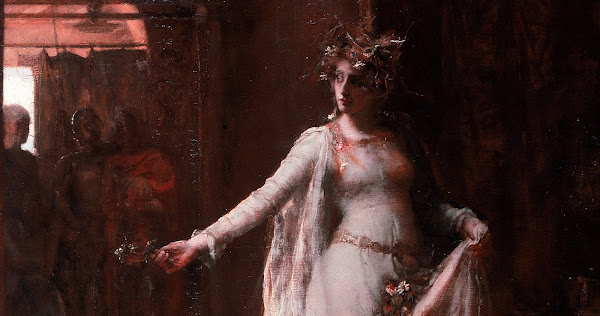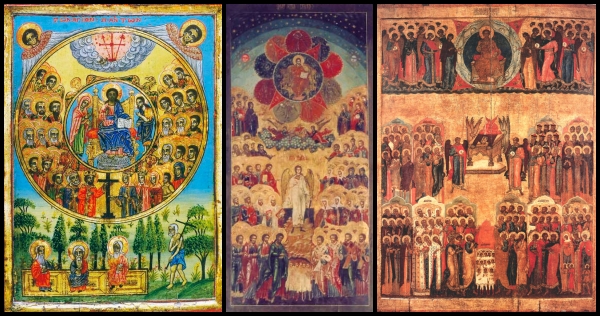Robert G. Hunter on Shakespeare's testing of theology instead of evangelizing

“Shakespeare is not treating us to an imaginative presentation of theology. He is testing theology with his imagination and using theology for his artistic purpose.” (105) - Robert G. Hunter “Shakespeare and the Mystery of God’s Judgments” (1976) ~~~~~ This is one of my favorite quotes from this book, and sums up an important perspective. It contrasts with the assumption by some scholars such as Charles Wordsworth (1864) - a position strongly disliked by many others - that Shakespeare used biblical references and religious themes to demonstrate and evangelize for the Christian faith. Other scholars such as Maurice Hunt (Shakespeare's Religious Allusiveness: Its Play and Tolerance) sometimes assume biblical references might be sorted into binary opposition between apparent Protestant and Catholic references, perhaps proving Shakespeare was one or the other, or that he at least conformed to the Protestant inclinations of his time. But "testing theology with his imagination&qu







